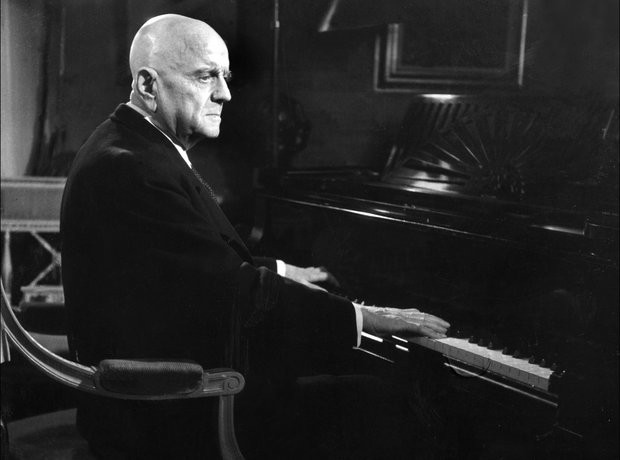
Jean Sibelius – A Complete Biography
Jean Sibelius (1865–1957) stands as Finland’s most celebrated composer and one of the defining symphonic voices bridging late Romanticism and early modernism. His music—rooted in[…]

Top 10 Sibelius Songs
Jean Sibelius, Finland’s most celebrated composer, has left an indelible mark on the world of classical music. His works, characterized by their nationalistic fervor and[…]

10 Fascinating Facts about Jean Sibelius
Jean Sibelius was a towering figure in the realm of classical music, celebrated for his evocative symphonies, tone poems, and chamber music. Born Johan Julius[…]

Jean Sibelius – Biography and History
Jean Sibelius, born Johan Julius Christian Sibelius on December 8, 1865, in Hämeenlinna, Finland, emerged as one of the most prominent figures in classical music[…]

Jean Sibelius: The Finnish Maestro Who Defined Nordic Classical Music
Jean Sibelius, widely regarded as Finland’s national composer, was a visionary musician whose compositions captured the spirit of his homeland and left an indelible mark[…]

Sibelius – Suite Pelléas et Mélisande
Jean Sibelius Pelléas et Mélisande (Pelléas och Mélisande), JS 147 is incidental music by Jean Sibelius for Maurice Maeterlinck’s 1892 play Pelléas and Mélisande. Sibelius composed[…]

Sibelius – Symphony No. 2
Jean Sibelius – Symphony No. 2 Op. 43 The Symphony No. 2 in D major, Op. 43, by Jean Sibelius was started in winter 1901 in[…]

The Best of Sibelius
Jean Sibelius (8 December 1865 – 20 September 1957), was a Finnish composer and violinist of the late Romantic and early-modern periods. He is widely[…]